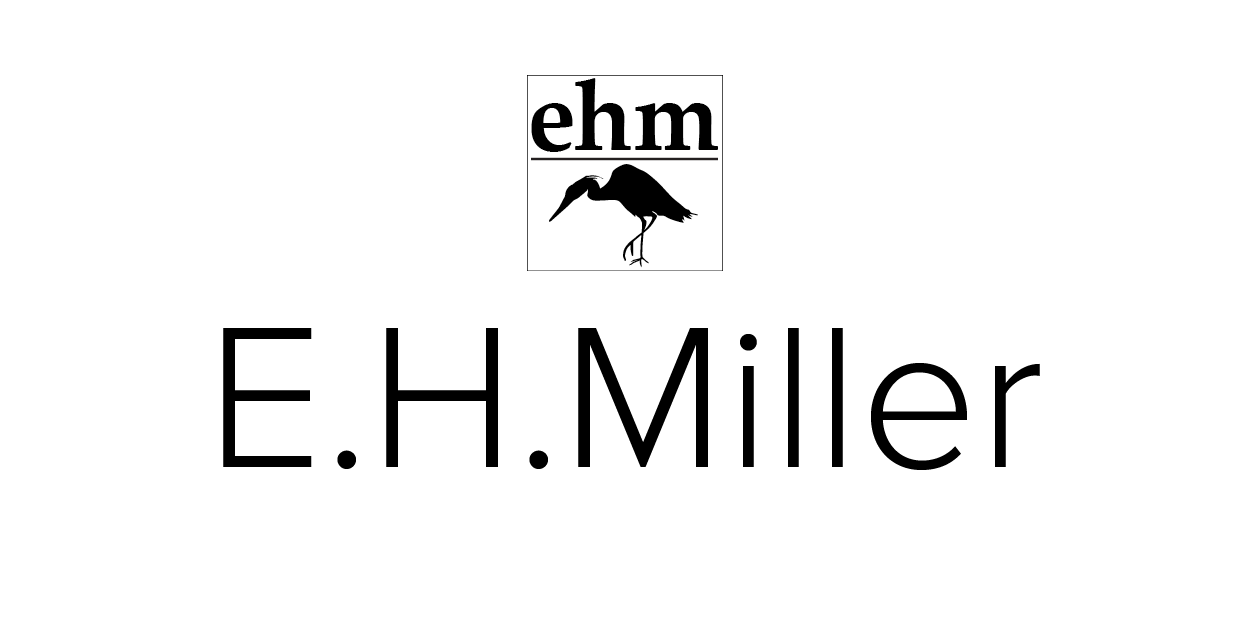The Demise of DEI
Photo collage by E.H. Miller, Office photo by Charles Deluvio for Unsplash, Coffee photo by Nathan Dumlao for Unspalsh
The recent re-evaluation of the programs and policies that comprise DEI, the acronym for Diversity, Equality and Inclusion, bring to my mind my experience working at a large ad agency a few years back. I had a freelance, graphic design gig at the agency’s Chicago location during the really meaty DEI days.
Ad agencies by their very mission need to be aware of and responsive to the cultural zeitgeist—how else can you sell to the people in society who hold the cash and are willing to spend it—currently the 18–45 demographic. So the socially responsible posturing that was the face of DEI really embedded itself in the world of creative agencies. And while I don’t have extensive agency experience, I have enough to know that they are cultural bubbles feeding off themselves.
So as we’re all sick of thinking about, the objective of DEI programs is to bring diversity of experience and background into the employee mix thereby creating a more equitable (?) and inclusive workplace than the old world of privileged white males—a world that really no longer exists. I still don’t understand how the concept of equity can be applied here, but I understand the goal.
There are some solid reasons, I think, especially for advertising why a business would want a mix of perspectives so that they can perhaps better understand a broader range of clients. But where the whole program went south was in paying sole attention to external personnel characteristics rather than pursuing true diversity which unfortunately requires seeing people as individuals not stereotypes. Just because someone is Latino, non-binary or (insert your favorite disadvantaged group here), doesn’t automatically mean he, she or they has a specific perspective on the world that only such a person can have and understand. I would think that the true value of diversity is in its potential to reveal the common human experience and rise above the details of life and accidents of birth.
So while the objective of staffing with a variety of people from all walks of life was worthy, the result was the opposite. Sure, there were hires whose presence would tick off some DEI boxes, but the agency ended up with people who all had the same education, the same perspective on life, the same political outlook and on and on. It was superficial diversity—everyone was still thinking the same thoughts and staying safely inside the bubble. No thought was challenged because everyone thought th way and believed the same things. There was a stifling uniform, and no surprise here, I lacked the guts to challenge it.
True diversity depends upon recognizing the value of different opinions wherever they come from. Diversity of thought and tolerance should be the goal not a politically and partisan motivated policies of hiring by stereotypes to satisfy artificial quotas. After all if discrimination is against the law and contrary to our national ethics, than discrimination in support of DEI shouldn’t be tolerated.

